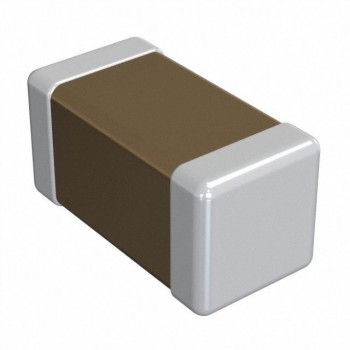Ceramic capacitors are widely used in electronic circuits for their high stability and reliability. However, like all electronic components, ceramic capacitors can also fail or degrade over time. In this article, we will discuss some common methods for testing the goodness of ceramic capacitors to ensure the proper functioning of electronic circuits.

1. Visual Inspection:
Visual inspection is the simplest and quickest method to check the condition of ceramic capacitors. Look for any physical damage such as cracks, discoloration, or leakage on the surface of the capacitor. Any visible signs of damage may indicate a faulty capacitor.
2. Capacitance Measurement:
Using a digital multimeter or a dedicated capacitance meter, measure the actual capacitance of the ceramic capacitor. Compare the measured value with the nominal value specified on the capacitor. A significant deviation from the nominal value may indicate a faulty capacitor.
3. ESR (Equivalent Series Resistance) Measurement:
ESR measurement is a method to check the internal resistance of the ceramic capacitor. A high ESR value can indicate a faulty or degraded capacitor, as it can affect the performance of the capacitor in the circuit.
4. Leakage Current Test:
Perform a leakage current test to check if the ceramic capacitor is leaking current. Excessive leakage current can be an indication of internal defects or aging of the capacitor.
5. Dielectric Absorption Test:
Dielectric absorption is a phenomenon where a capacitor retains a charge after being discharged. This can be tested by charging the capacitor, discharging it, and then measuring the voltage recovery over time. Excessive voltage recovery may indicate a faulty capacitor.
6. Temperature and Humidity Testing:
Subject the ceramic capacitor to temperature and humidity testing to simulate real-world operating conditions. Extreme temperature and humidity can accelerate the degradation of the capacitor. Testing under such conditions can reveal potential weaknesses in the capacitor.
Conclusion:
Regular testing of ceramic capacitors is essential to ensure the reliability and performance of electronic circuits. By employing the aforementioned methods, it is possible to detect faulty or degraded ceramic capacitors and replace them before they cause circuit malfunctions. Additionally, selecting high-quality capacitors and adhering to recommended operating conditions can significantly extend the lifespan of ceramic capacitors in electronic applications.
If you need to purchase chips, BOM orders, etc., please contact us via the following email address:

